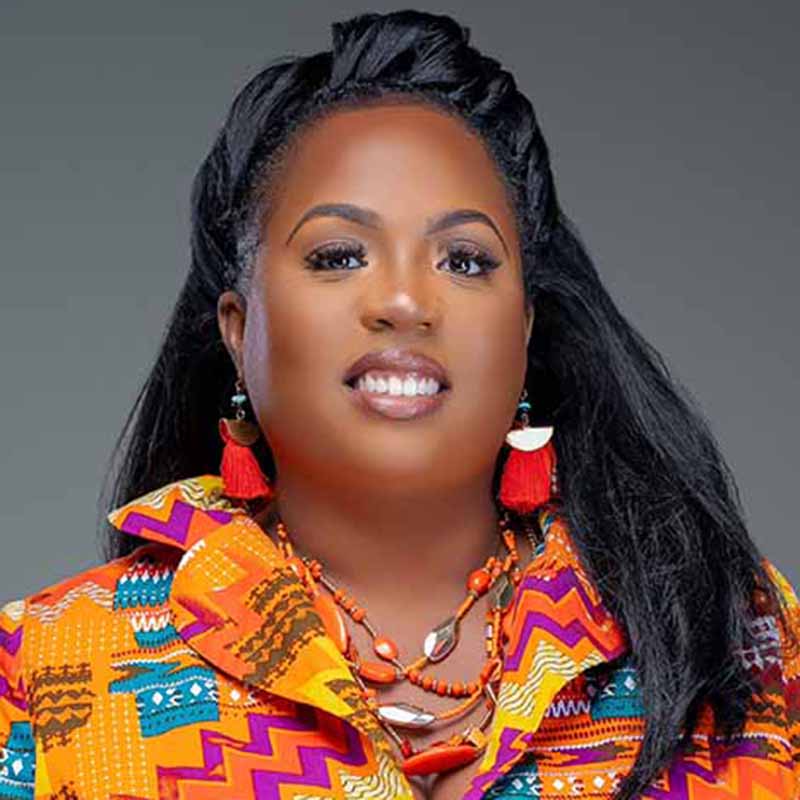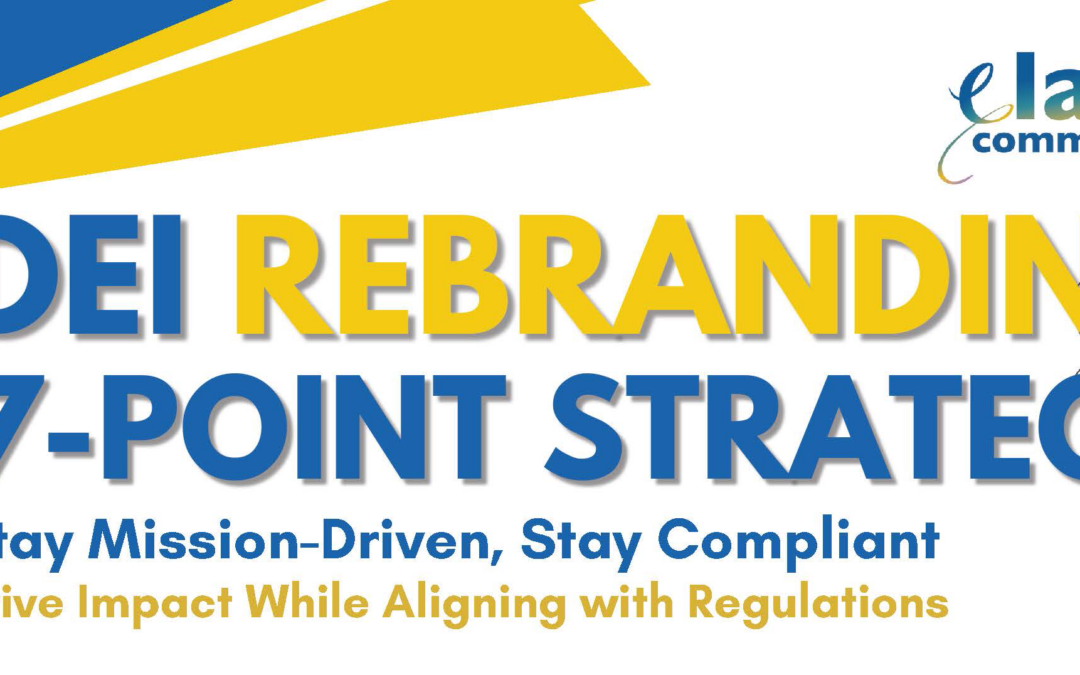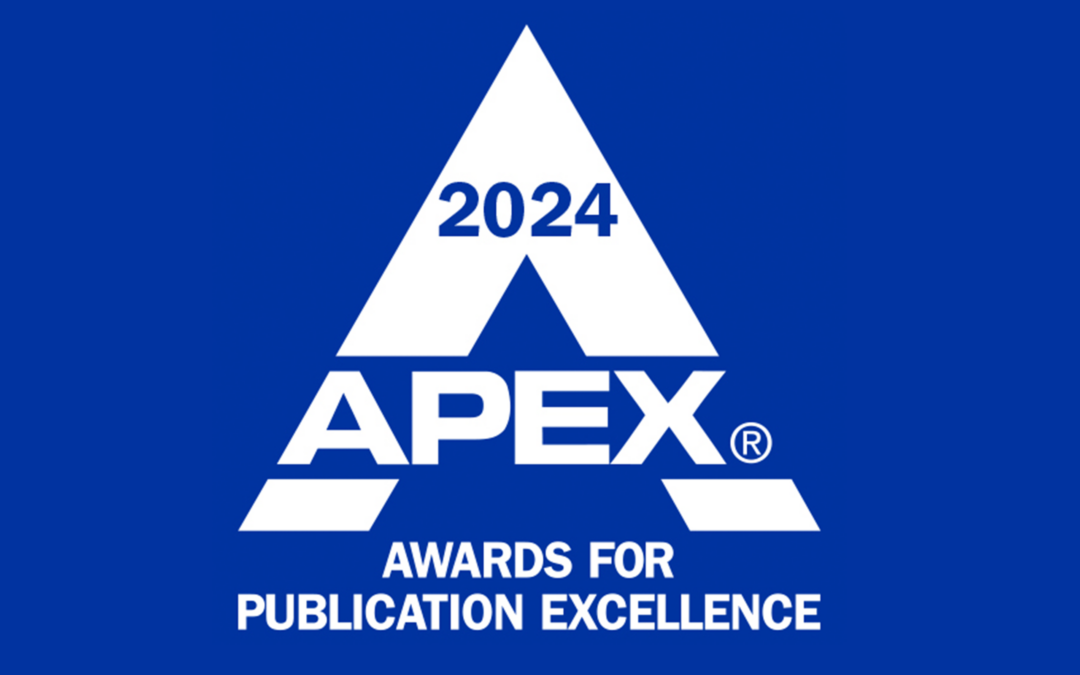One of the most compelling reasons why inclusive communication remains vital is its role in driving innovation. A culture of inclusivity allows people from different backgrounds, experiences, and perspectives to collaborate in a way that fosters creativity. Inclusive communication ensures that every voice is heard, ideas are freely exchanged, and diverse perspectives are considered when making decisions. This is particularly important in industries that depend on innovation to remain competitive, such as technology, entertainment, healthcare, and business.
Even if external policies or orders limit DEI programs in certain contexts, organizations that prioritize inclusive communication continue to benefit from a wide range of ideas and solutions. A culture of inclusivity can’t be legislated away—it’s embedded in how we communicate, collaborate, and treat one another daily.
A major benefit of inclusive communication is its positive impact on employee engagement and retention. Employees are more likely to feel valued and respected in workplaces where they know their perspectives are not only welcomed but actively sought after. This leads to greater job satisfaction and a stronger sense of belonging, which in turn reduces turnover and increases productivity.
As businesses face increasing pressure to maintain top talent, fostering an inclusive environment through effective communication remains essential. Employees expect their workplaces to be welcoming spaces where diversity is celebrated, not stifled.
In today’s world, organizations are not just evaluated on their financial performance, but also on their social responsibility. Consumers, clients, and potential employees increasingly want to engage with companies that are committed to diversity, equity, and inclusion. Inclusive communication is key to demonstrating this commitment.
Even in the face of executive orders that challenge DEI initiatives, organizations can still show through their actions and language that they are dedicated to inclusivity. This can be through transparent communication about company values, inclusive marketing campaigns, or fostering a culture of respect in interactions both internally and externally.
The legal landscape surrounding DEI is constantly evolving, and there may be future changes or challenges related to Trump’s executive order. However, inclusive communication is not just about compliance; it’s about ethical responsibility. Discriminatory practices or exclusionary communication can harm employees, create legal risks, and damage a company’s reputation.
Furthermore, focusing on inclusivity in communication helps prevent unintentional bias or exclusion from entering conversations, decisions, and leadership. It’s a proactive approach that can mitigate risks before they become larger issues.
Organizations that prioritize inclusive communication build stronger, more authentic relationships with the communities they serve. By being mindful of how messages are crafted and delivered, and considering the diverse identities and experiences of their audiences, organizations can foster trust and loyalty with a wider range of stakeholders. Whether it’s customers, business partners, or community members, demonstrating an understanding of and respect for diversity through communication enhances relationships. When people see that an organization communicates with awareness and empathy, they are more likely to engage and advocate for the brand or cause.
In a globalized world, the importance of inclusive communication cannot be overstated. Organizations operate in diverse cultural contexts, and communication that respects cultural differences is essential for success in the international marketplace. Inclusive communication goes beyond language—it involves understanding different cultural norms, addressing issues of accessibility, and ensuring that communication is respectful and effective for people from various backgrounds. Even if national or federal policies restrict certain aspects of DEI, organizations with global reach are well aware of the need to engage with multicultural audiences. Inclusive communication is not just a “nice-to-have” but a necessity for navigating a diverse world.
It’s important to recognize that inclusive communication is not just about reacting to policies or external pressures, but about committing to long-term systemic change. Although Trump’s executive order might limit formal DEI programs in certain settings, it doesn’t negate the broader societal movement toward greater inclusion. Employees, customers, and communities are watching how organizations respond in these times, and what’s needed is leadership that continues to foster inclusivity in all areas of communication. Inclusive communication is a part of this larger change. It’s a strategy, a value, and an approach that aligns with long-term goals of diversity and inclusion—goals that will continue to evolve regardless of political shifts or executive orders.
While recent political moves, like the executive order on DEI, may seek to curtail certain diversity-related initiatives, the importance of inclusive communication remains undeniable. It’s a tool that drives innovation, enhances employee engagement, builds trust with communities, and ensures ethical responsibility. By continuing to prioritize inclusivity in communication, organizations not only meet current challenges but also position themselves for long-term success in an ever-evolving world.
In the face of external pressures, organizations must remember that true inclusivity is rooted in everyday practices. Through language, respect, and action, inclusive communication will continue to be a powerful and essential force for positive change.









